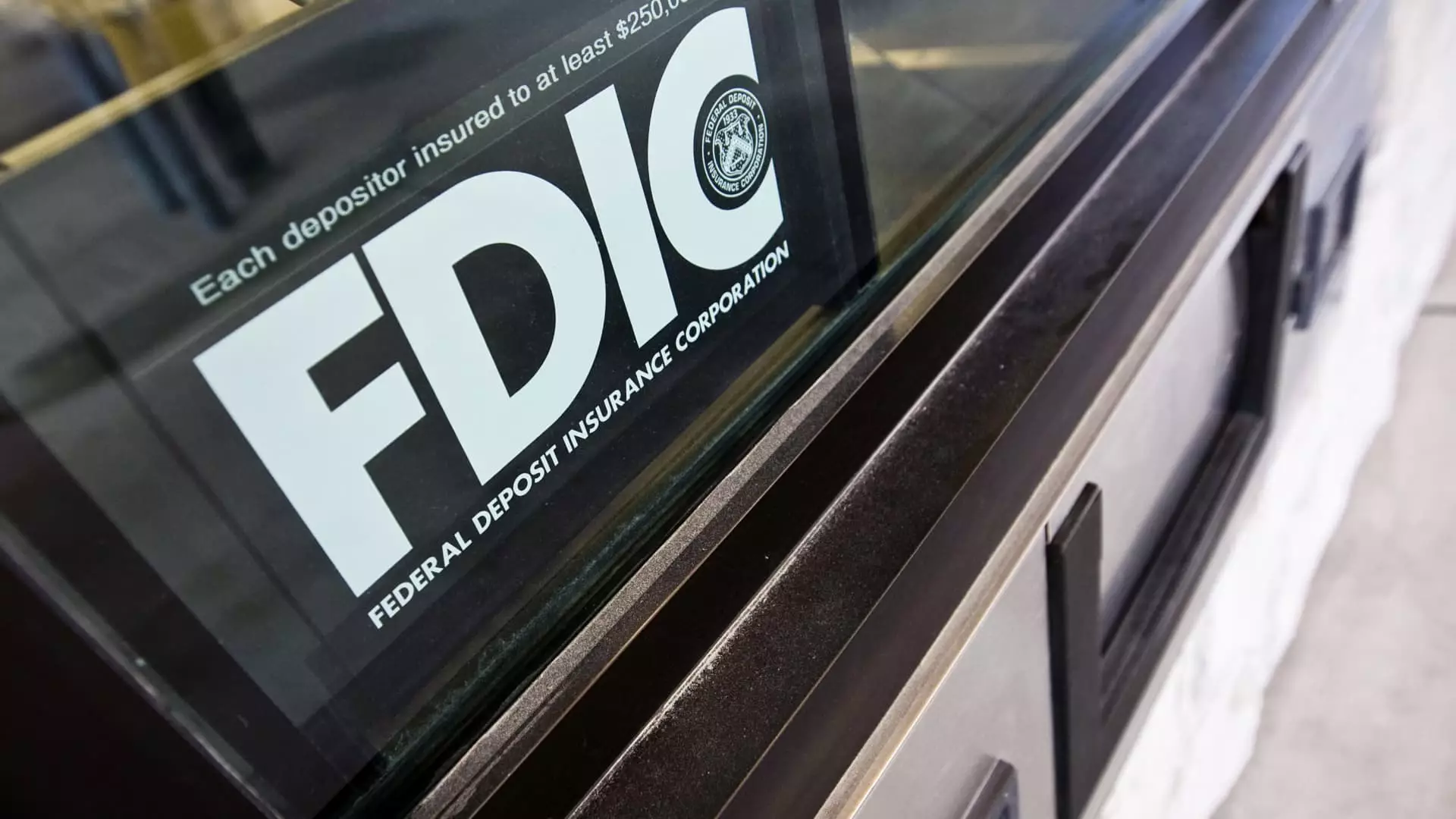The future of various federal agencies hangs in the balance as President-elect Donald Trump approaches his inauguration for a second nonconsecutive term. His administration is poised to undertake sweeping reforms that could drastically reshape the regulatory landscape of the United States. While the announced formation of the Department of Government Efficiency (DOGE) signals a focused approach to restructuring government operations, there are significant concerns surrounding the implications of dismantling long-established institutions like the Federal Deposit Insurance Corporation (FDIC) and the Consumer Financial Protection Bureau (CFPB).
Trump’s early rhetoric regarding federal spending cuts has fueled speculation about the potential streamlining—or outright elimination—of certain regulatory bodies. By appointing business luminaries such as Elon Musk and Vivek Ramaswamy to lead DOGE, the administration is emphasizing a philosophy of efficiency that challenges traditional governmental operations. Among the ideas floated is the proposal to combine the responsibilities of the FDIC, which insures deposits up to $250,000, with the Treasury Department. This idea begs the question: Would merging these responsibilities truly result in greater efficiency, or would it compromise essential protections that safeguard consumers?
The FDIC, established during the Great Depression, plays a vital role in ensuring public confidence in the banking system. With nearly a century of stability behind it—no depositor has lost insured funds due to bank failures—the agency represents an essential cushion during economic downturns. Critics of its potential dissolution argue that eliminating it could result in instability in the banking sector. Historical precedent supports this; during periods of financial crises, explicit federal protections have often been pivotal in maintaining public trust and preventing runs on banks.
The CFPB, created in the wake of the 2008 financial crisis, serves as a watchdog for consumer financial protection. With a mission to curb predatory practices and enhance transparency, the CFPB has made substantial contributions to consumer rights. Although critics argue that it has become overly ideologically driven, proponents contend that the need for its oversight has only grown as market concentration increases among a few powerful firms.
Dismantling or significantly reforming the CFPB could expose consumers to unfair practices once again, particularly in a rapidly evolving financial landscape. For instance, the surge of digital payment systems and “buy now, pay later” services underscores the necessity of regulatory oversight to protect consumers from potential abuses. Without a strong regulatory body like the CFPB, it would be unclear which agency, if any, would take on these emerging issues, further jeopardizing consumer welfare.
Proponents of cutting back on regulatory bodies emphasize the importance of reducing duplication and inefficiencies within government. They argue that such changes could allow the essence of regulatory functions to be performed with fewer resources. Tomas Philipson, an academic voice in this conversation, posits that fewer agencies overseeing the same functions could streamline government processes and potentially lead to more consistent policy outcomes.
However, this argument rests on the assumption that reduction does not sacrifice vital oversight. The historical performance of these agencies indicates that, while they may overlap in certain aspects, their unique functions have developed from different lessons learned in the financial sector. Stripping away such institutions could create a regulatory void, leading to a perilous landscape where consumer interests are inadequately protected.
Any movement toward dismantling significant regulatory agencies like the FDIC or the CFPB would require congressional approval. Congress holds the power to appropriate funding and enact laws that could affect the operational functions of these agencies, which serves as a democratic counterbalance to executive power. Yet, this also poses a potential challenge: partisan divisions could stall necessary reforms aimed at maintaining essential consumer protections.
Looking forward, it is critical to strike a balance between efficiency and consumer security. Political conversation around these proposals must not lose sight of the potential economic and social impacts of regulatory cuts. Any legislative efforts must carefully evaluate whether reducing the number of agencies is genuinely in the best interest of American consumers or if it chiefly serves a political agenda prioritizing reduced government spending and oversight.
Ultimately, as the Biden administration continues to grapple with student loan forgiveness and ongoing economic recovery efforts, the future of regulatory protections will likely remain a contentious topic. Understanding the intricate balance of government efficiency, consumer rights, and financial stability is imperative as we analyze the implications of Trump’s proposed reforms—efforts that could define the financial landscape of the nation for years to come.

